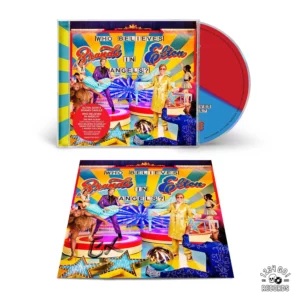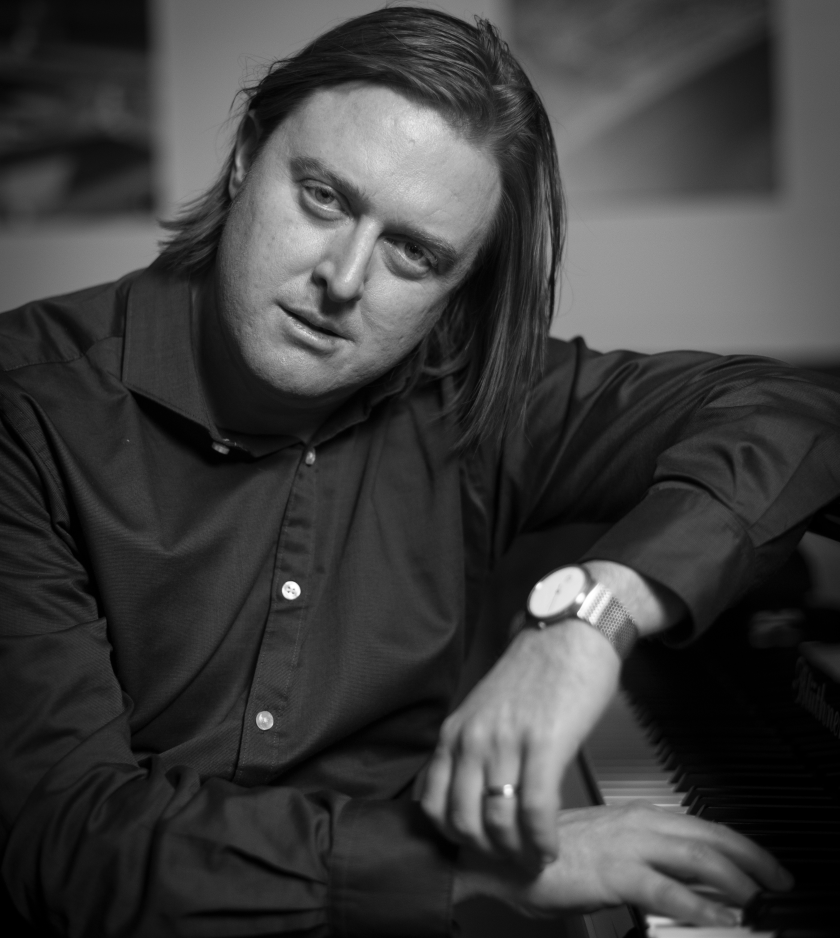Elton John Who Believes in Angels: A New Song with Brandi Carlile
I’ve temporarily lost my voice, thanks to a stubborn flu, but my excitement for Elton John Who Believes in Angels is louder than ever. This brand-new collaboration with Brandi Carlile stands tall among Elton’s greatest works—even those timeless hits from the ’70s and ’80s. If you’re wondering whether the legendary Elton John still has more to offer, “Who Believes in Angels” is living proof that his creative spark burns brighter than ever.
The beauty of Elton John Who Believes in Angels lies in its intricate chord progression and Brandi Carlile’s soulful, modern edge. Rather than relying on a quick-fire loop, the song evolves like a story—balancing classic Elton John textures with fresh harmonic twists. From the very first chords, there’s a nostalgic warmth that transitions seamlessly into an invigorating new sound.
Haven’t heard “Who Believes in Angels” yet? Give it a listen below:
A Fresh Take on Classic Elton
This new track, Elton John Who Believes in Angels, bridges the gap between old and new. Brandi Carlile’s Americana-inspired vocals meld with Elton’s piano-driven flair, creating a sound that’s both comforting and adventurous. The chord progression is unafraid to wander off the beaten path, showing us that great songwriting often lies in unexpected turns. That sense of exploration harks back to Elton’s early days while pushing him into fresh territory.
Chord Progression Highlights
Instead of repeated loops which we hear in so much pop music today, Elton’s clasic long-form approach to chords that gives each section its own identity in full use hear. Yes, you have to wait for the chorus!! The intro is classic Elton arpeggios, shifting smoothly into a verse in G major, with the occasional use of the C minor chord. By the time the pre-chorus arrives, tension simmers and heightens your anticipation, making the chorus feel both surprising and deeply satisfying when it finally lands. Check out the chords below to see exactly how this narrative evolves:
Intro
G G7 C C minor
Verse
G E7 A minor D Csus2
Pre-Chorus
E minor 7 (b5) A7 D minor F minor 6 (A♭ in the bass) G7 A minor
Chorus
A minor E minor F C A minor E minor B♭/F F (C major resolution) D minor G C A7 D minor G F/C C
Through these chords, Elton demonstrates how harmony can serve as a narrative all on its own—building tension, infusing drama, and finally offering resolution.

Why Storytelling in Chords Matters
A song is more than lyrics on top of chords. It’s a journey in sound, and “Who Believes in Angels” proves that Elton John Who Believes in Angels is much more than a title—it’s an experience. Each chord transition captures a tiny piece of the story, urging you to listen closer. This depth of storytelling elevates the music beyond catchy pop, turning it into something you want to revisit again and again.
At the Contemporary School of Piano, our Complete Musician Program explores these narrative elements of chord progressions in depth. Instead of memorizing static shapes, you’ll learn why chord changes work the way they do, and how to use them to tell a compelling musical story. Harmony, rhythm, creativity, and improvisation all come together to help you move beyond predictable loops and toward truly resonant progressions.
Parting Thoughts and Further Exploration
If you’ve ever felt stuck in a musical rut or found yourself repeating the same four chords, take a cue from Elton John Who Believes in Angels. Let each chord serve a narrative function—build anticipation, create release, and guide listeners through an emotional arc. With practice, you’ll discover that every chord choice can be a stepping stone on a fascinating journey.
If you’d like to delve even deeper, consider visiting the official Brandi Carlile website to explore her albums and tour dates.
You can also consider joining the Contemporary School of Piano to embrace chord-based storytelling in your own playing. There’s always another chord to discover and a new direction to take, so let the music lead the way.
Warmly,
Tom (temporarily silent, but never mute in enthusiasm) – Founder,
Contemporary School of Piano
